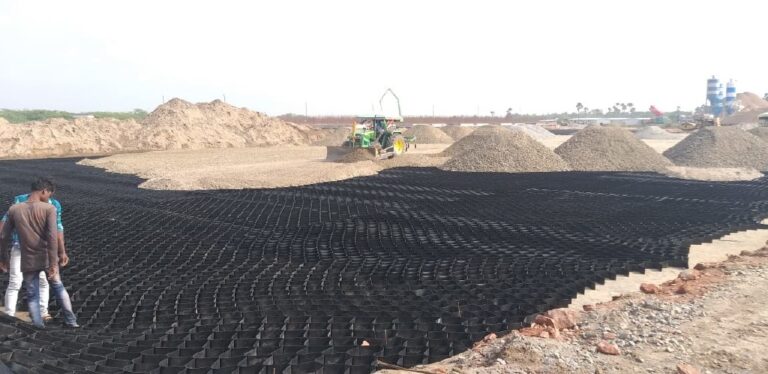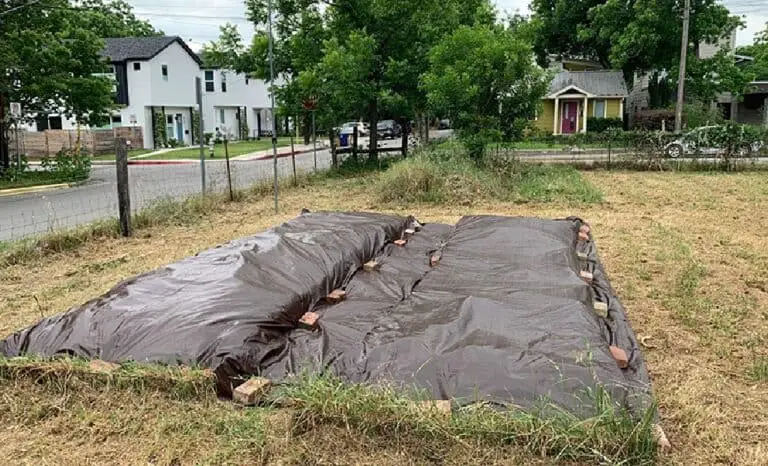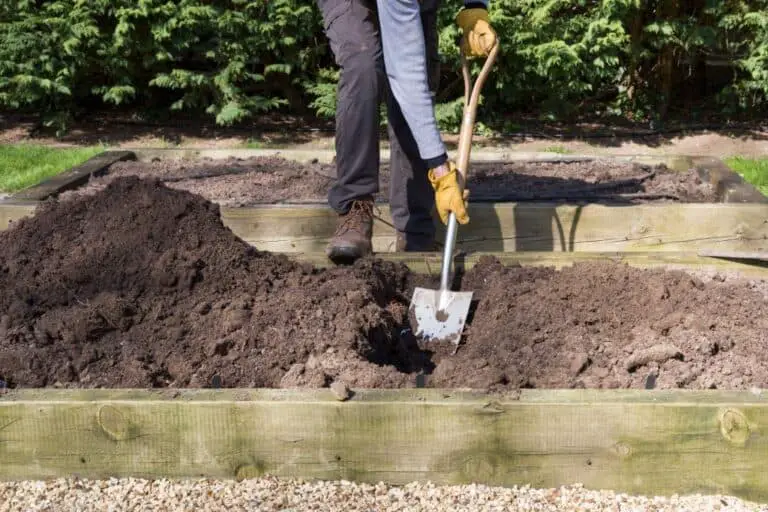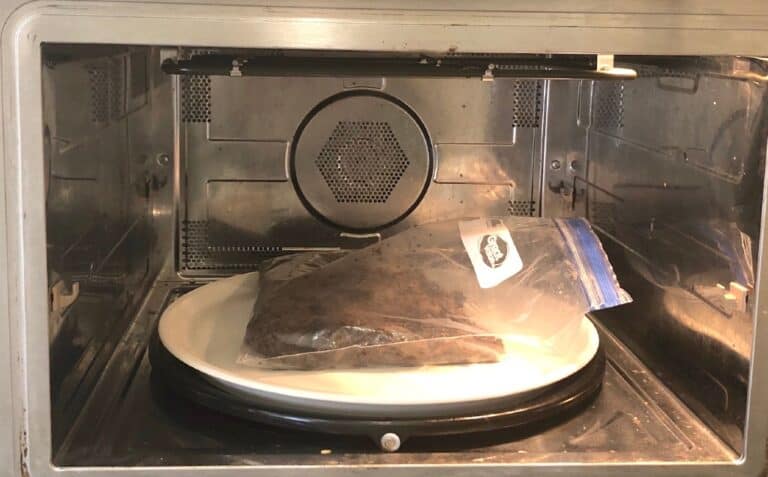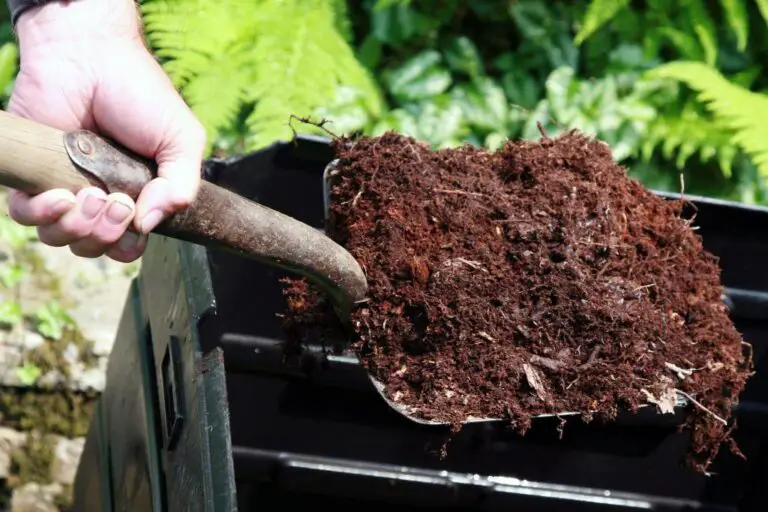Are Wood Ash and Paper Ash Good as Compost for Your Garden?
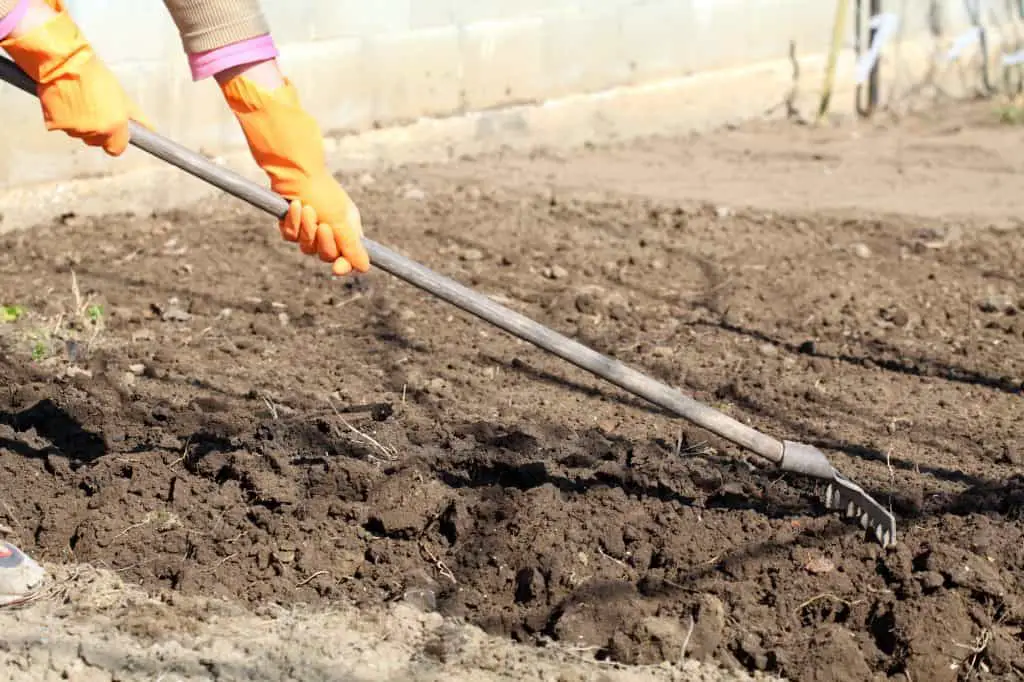
If you’re an avid gardener, you’ve likely heard of the benefits of composting. Composting is the natural process of breaking down organic materials into nutrient-rich soil that can be used to nourish your garden.
However, not all organic materials are created equal, and some can be harmful to your compost and garden. One common question gardeners ask is whether wood ash and paper ash are good for garden compost.
In this article, we’ll explore the benefits and risks of using wood ash and paper ash in garden composting. In addition to that, we will look for some case studies of using both ashes and their plant growth results.
Understanding the Chemical Composition of Wood and Paper Ash
Before we delve deeper into the benefits and risks of using wood ash and paper ash in garden composting, it’s essential to understand their chemical composition. Wood ash contains high amounts of potassium, calcium, magnesium, and phosphorus, making it an excellent source of nutrients for plants. Paper ash, on the other hand, contains fewer nutrients but is still a valuable source of potassium and calcium.
However, both wood ash and paper ash can contain harmful chemicals such as heavy metals, which can be toxic to plants and humans. The type and amount of harmful chemicals in wood ash and paper ash depend on the type of wood or paper burned and the combustion temperature. For example, burning treated or painted wood can release harmful chemicals into the ash.
Benefits of Using Wood and Paper Ash in Garden Composting
- Nutrient-rich: As mentioned earlier, wood ash and paper ash contain high amounts of potassium, calcium, and other trace minerals that are essential for plant growth.
- Alkaline soil: If your soil is too acidic, adding wood ash and paper ash can raise the pH level, making it more alkaline. This can be beneficial for certain plants that thrive in alkaline soil.
- Pest control: Wood ash and paper ash can repel slugs, snails, and other pests that can damage your plants.
Risks of Using Wood and Paper Ash in Garden Composting
- Heavy metals: Wood ash and paper ash can contain heavy metals such as lead, cadmium, and mercury, which can be toxic to plants and humans if ingested in large amounts.
- Alkaline soil: While raising the pH level of your soil can be beneficial for certain plants, it can be harmful to others that prefer acidic soil.
- Over-fertilization: Adding too much wood ash and paper ash to your compost can lead to over-fertilization, which can burn your plants and harm the soil’s natural ecosystem.
- Contaminated ash: If you burn treated or painted wood, the ash can contain harmful chemicals that can be toxic to plants and humans.
How to Incorporate Wood Ash and Paper Ash into Your Composting Process
If you’ve decided to use wood ash and paper ash in your garden compost, here are some tips to help you incorporate them safely and effectively:
- Use a small amount: Start by adding a small amount of wood ash and paper ash to your compost pile, and gradually increase the amount over time. A general rule of thumb is to add no more than 1/4 inch of wood ash per 6 inches of compost.
- Store the ash properly: Keep the ash in a dry, covered container to prevent it from getting wet and becoming contaminated.
- Avoid using contaminated ash: Only use ash from untreated, unpainted, and uncoated wood and paper.
- Mix it well: When adding wood ash and paper ash to your compost pile, mix it well with other organic materials to distribute the nutrients evenly.
- Test the pH level: Monitor the pH level of your soil regularly to ensure that it doesn’t become too alkaline. You can do this by using a pH meter or test kit.
The Effect of Wood Ash and Paper Ash on Soil pH and Nutrient Levels
As mentioned earlier, adding wood ash and paper ash to your garden compost can raise the pH level of your soil, making it more alkaline. This can be beneficial for certain plants, such as asparagus, broccoli, and Brussels sprouts, which prefer alkaline soil. However, it can be harmful to other plants, such as blueberries, which prefer acidic soil.
In addition to affecting soil pH, wood ash and paper ash can also affect nutrient levels. Adding too much ash to your compost can lead to over-fertilization, which can harm your plants and the soil’s natural ecosystem. It’s essential to monitor the nutrient levels in your soil regularly and adjust the amount of ash you add to your compost accordingly.
Comparing Wood Ash and Paper Ash with Other Composting Materials
While wood ash and paper ash can be valuable additions to your garden compost, they are not the only materials you can use. Here’s a comparison of wood ash and paper ash with other composting materials:
1. Grass clippings
Grass clippings are an excellent source of nitrogen, which is essential for plant growth. However, they can be challenging to compost as they tend to clump together and form a slimy mess.
2. Leaves
Leaves are an excellent source of carbon, which helps balance the nitrogen in your compost. However, they take longer to break down than other materials and can create a matted layer that inhibits air circulation.
3. Kitchen scraps
Kitchen scraps such as fruit and vegetable peels, eggshells, and coffee grounds are excellent sources of nutrients for your compost. However, they can attract pests and produce an unpleasant odor if not managed properly.
4. Manure
Manure is a valuable source of nitrogen, phosphorus, and potassium, making it an excellent addition to your compost. However, it can be challenging to obtain and may contain harmful pathogens.
Precautions When Using Wood and Paper Ash in the Garden
While wood and paper ash can provide many benefits for your garden, there are some precautions you should take when using them. Here are a few things to keep in mind:
1. Don’t Use Ash from Treated Wood
If you’re using wood ash in your garden, be sure to use only ash from untreated wood. Ash from treated wood, such as pressure-treated lumber or painted wood, can contain harmful chemicals that can be toxic to your plants.
2. Don’t Use Too Much Ash
As mentioned earlier, too much ash can actually be harmful to your plants. It’s best to use ash sparingly and mix it with other organic materials to help improve soil structure and fertility.
3. Don’t Use Ash Around Acid-Loving Plants
While wood and paper ash can help balance the pH of acidic soil, it’s not a good idea to use it around plants that prefer highly acidic soil, such as blueberries or azaleas. The added calcium from the ash can interfere with the uptake of other nutrients, which can lead to nutrient deficiencies.
4. Store Ash Properly
When storing wood and paper ash, it’s important to keep it dry to prevent it from clumping together. Wet ash can be difficult to spread evenly and can even become caustic, which can harm your plants. Store ash in a dry location, such as a covered container or a dry shed.
5. Wear Protective Gear
When handling wood and paper ash, it’s a good idea to wear protective gear, such as gloves and a dust mask. Ash can be irritating to the skin and lungs, especially when it’s inhaled.
Case Studies: Success Stories of Using Wood Ash and Paper Ash in Garden Composting
Many gardeners have had success using wood ash and paper ash in their garden compost. Here are some examples:
Case Study 1: Tomatoes
A gardener added wood ash to his garden compost and noticed a significant improvement in the growth and yield of his tomato plants. The plants produced larger, juicier tomatoes, and the leaves had a healthier green color. He also found that the plants were more resistant to diseases and pests.
Case Study 2: Blueberries
Another gardener added wood ash to his garden compost and used it to fertilize his blueberry bushes. However, he noticed that the soil pH became too alkaline, which caused the blueberries to suffer. He had to adjust the pH level with sulfur to make the soil more acidic.
Case Study 3: Vegetable Garden
A gardener added paper ash to his garden compost and used it to fertilize his vegetable garden. He found that the vegetables grew faster and had a healthier color. He also noticed that the soil retained moisture better, reducing the need for watering.
Conclusion
In conclusion, wood ash and paper ash can be valuable additions to your garden compost if used safely and effectively. They are excellent sources of nutrients, such as potassium and calcium. Wood ash can promote plant growth and soil health. However, it’s essential to use them in moderation and monitor the pH level and nutrient levels of your soil regularly.
By following the tips and guidelines provided in this article, you can safely and effectively use wood ash and paper ash in your garden compost. Remember to mix it well with other organic materials, avoid using contaminated ash, and test the pH level regularly.
Composting is an essential practice for any gardener, as it not only reduces waste but also improves soil health and promotes plant growth. By using a combination of materials, such as wood ash and paper ash, grass clippings, leaves, kitchen scraps, and manure, you can create nutrient-rich compost that will benefit your garden for years to come.

